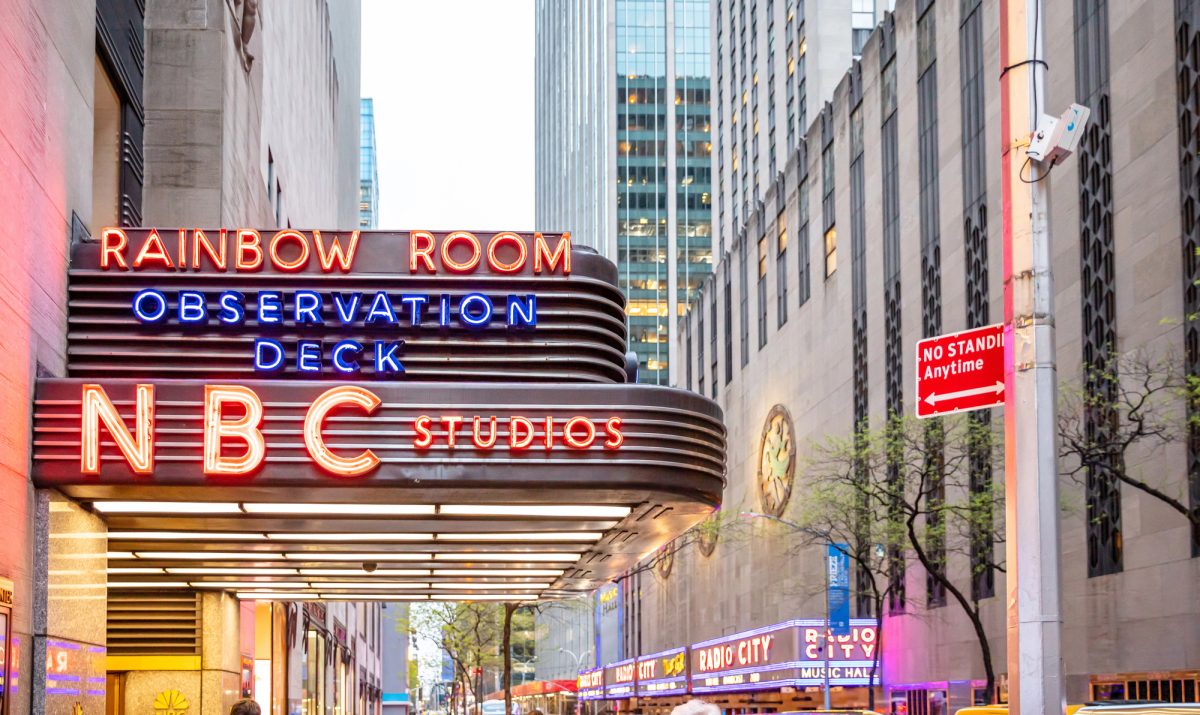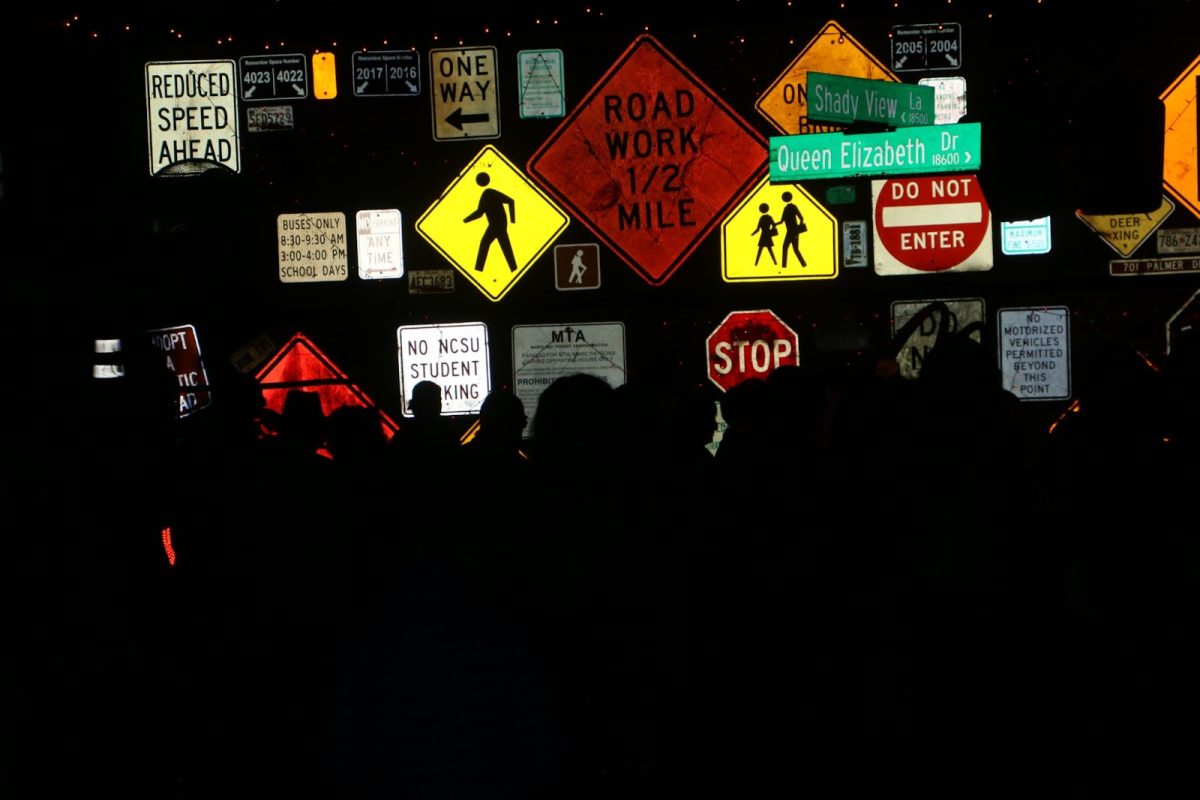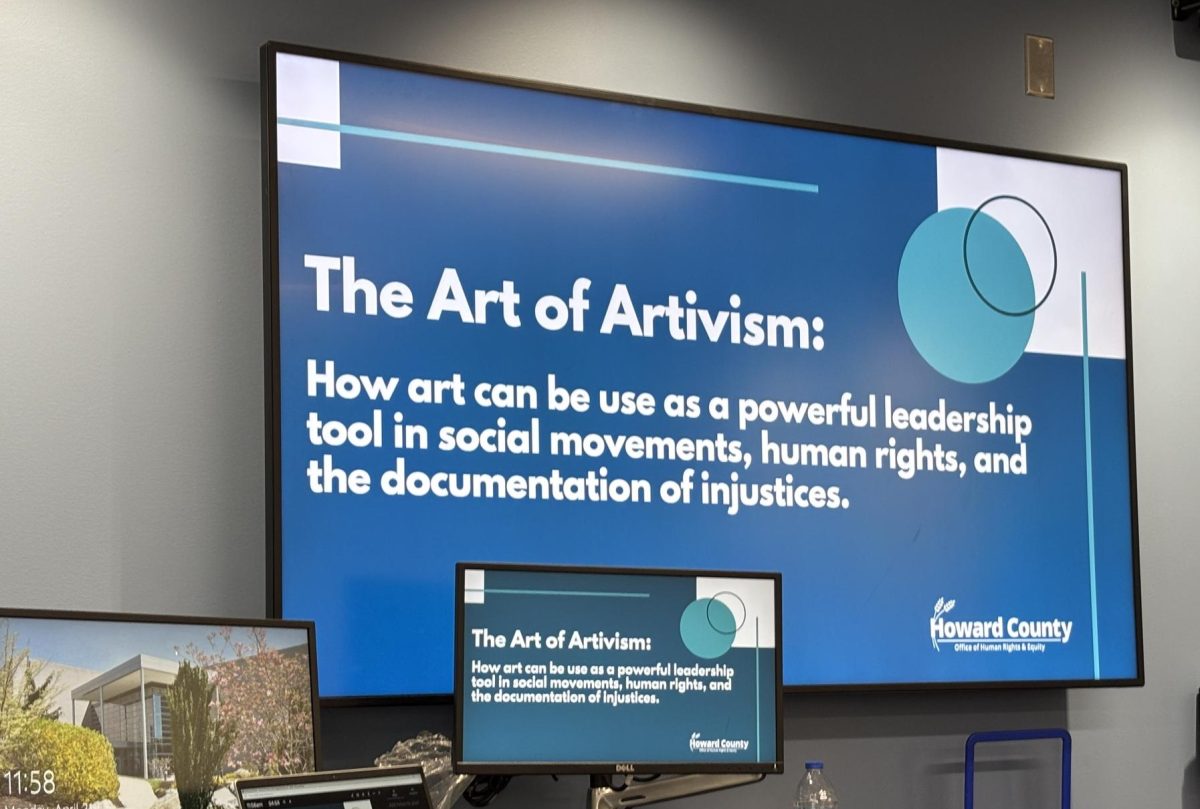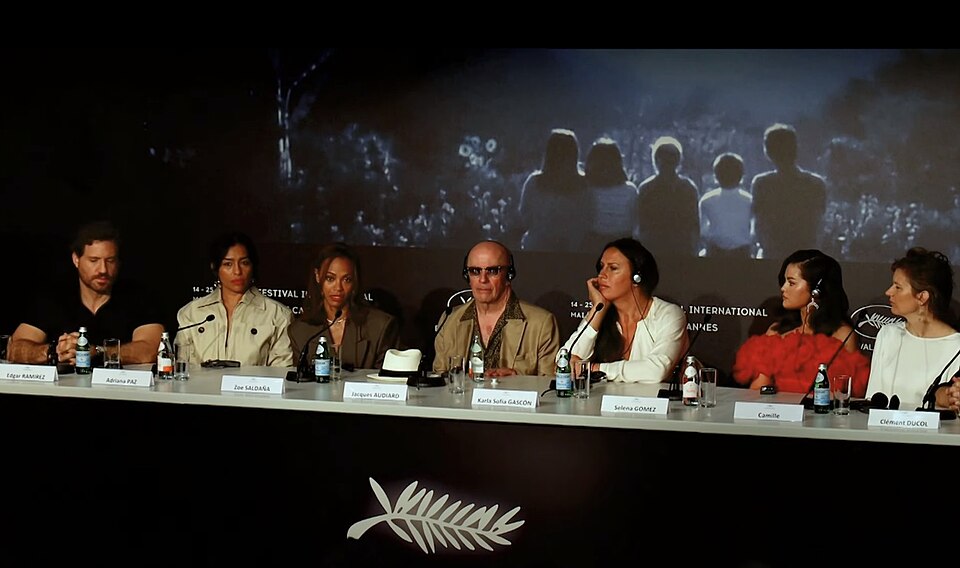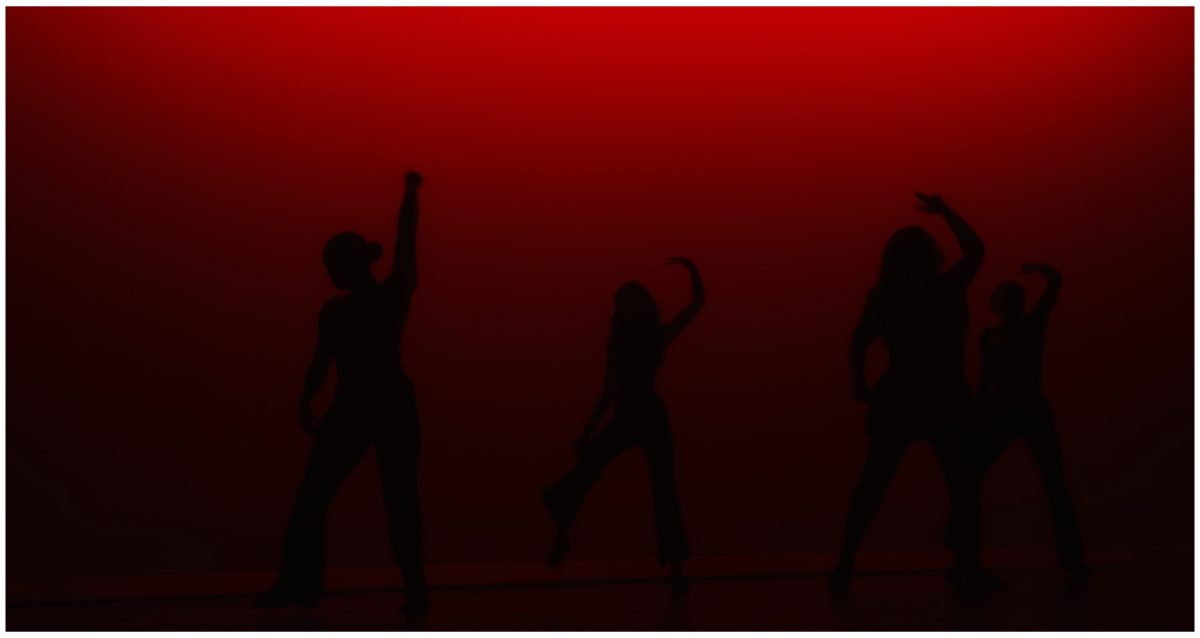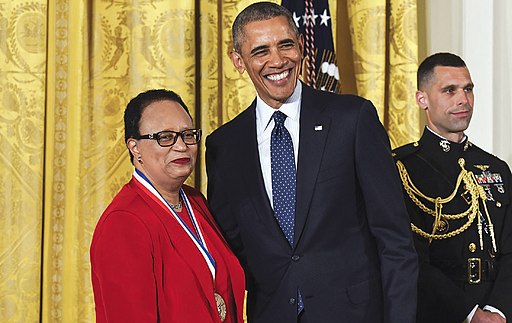Saturday Night Live has officially been on air for 50 years, launching hundreds of careers for its notable alumni, and changing the landscape of comedy. Over the decades, the show has transformed itself from an underground radical spectacle for America’s youth into a mainstream commentary on modern media with a more mature spirit.
The show premiered on October 11, 1975, with George Carlin as guest host. The cast included “The Not Ready for Prime Time Players” like Chevy Chase, John Belushi, and Gilda Radner. The sketches were long, unconventional, and filled with the angst of the 1970s counterculture.
Despite common belief, the first season’s sketches received mixed, and mostly negative reviews. The critique ‘Simon and Garfunkel Reunion on NBC’s “Saturday Night”’ by John J. O’Connor was a prime example of this — in which he argued that the show’s chaotic quality shouldn’t be excused because of its unorthodox material. “Even an offbeat showcase needs quality, an ingredient conspicuously absent from the dreadfully uneven comedy efforts of the new series,” he wrote.
SNL’s first season also featured segments unrecognizable to today’s show, including infamous appearances by The Muppets and multiple monologues from George Carlin.
However, SNL Season 50 reflects a huge shift in what is considered “counterculture”. While Season 1’s sketches felt radical and unpredictable, Season 50 plays to a different tune. Many of the sketches performed during this season have been based on ongoing internet trends and everyday experiences that take a “zany” turn, like workout classes or the returning parking lot sketches.
However, that mainstream status had given the showrunners enough scrutiny to hire a more diverse cast in terms of race, sexuality, and gender, which added fresh ideas like “Immigrant Dad Talk Show” or the Sábado Gigante sketches to the show.
One of the most speculated reasons for SNL’s shift into the mainstream was its increased focus on political humor, especially the addition of Donald Trump-centered sketches and impressions starting in 2016. This focus on politics brought the show significant traction, especially online.
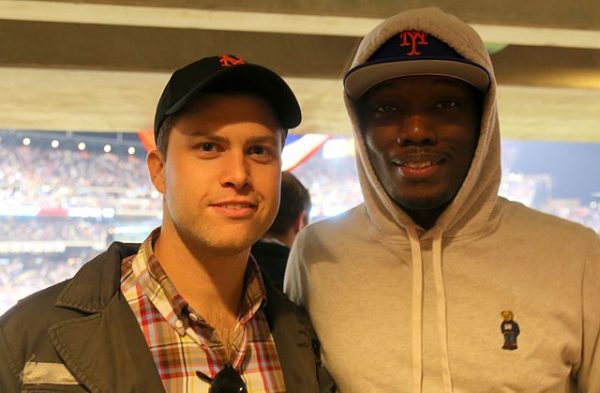
The frequent use of SNL alumni and celebrity cameos to play political figures has also been a huge talking point. While these appearances generate lots of traction online, many critics question if they’re necessary because of the show’s already established cast.
With these changes, the show has not been immune to criticism. In the article titled “Saturday Night Live Season 50 Recap,” Jesse Hassenger writes that the show had lost its original flair and that once viewers could expect anything from “multiple musical guests, stand-up segments, short films, super-short sketches, puppetry, unannounced cast changes, and as many as three or four commercial parodies in a single episode,” he wrote. “The rest of the [Season 50] sketches were familiar stuff like game-show parodies, talk-show parodies, and low-hanging-fruit political bits.”
From its edgy beginnings in 1975 to its polished media-trained appearance today, there’s no doubt that SNL has changed the face of comedy television. And even though the show seems completely different from the first season, they share one thing in common: negative reviews and heavy scrutiny, and in another 50 years, that’s likely to stay the same.


